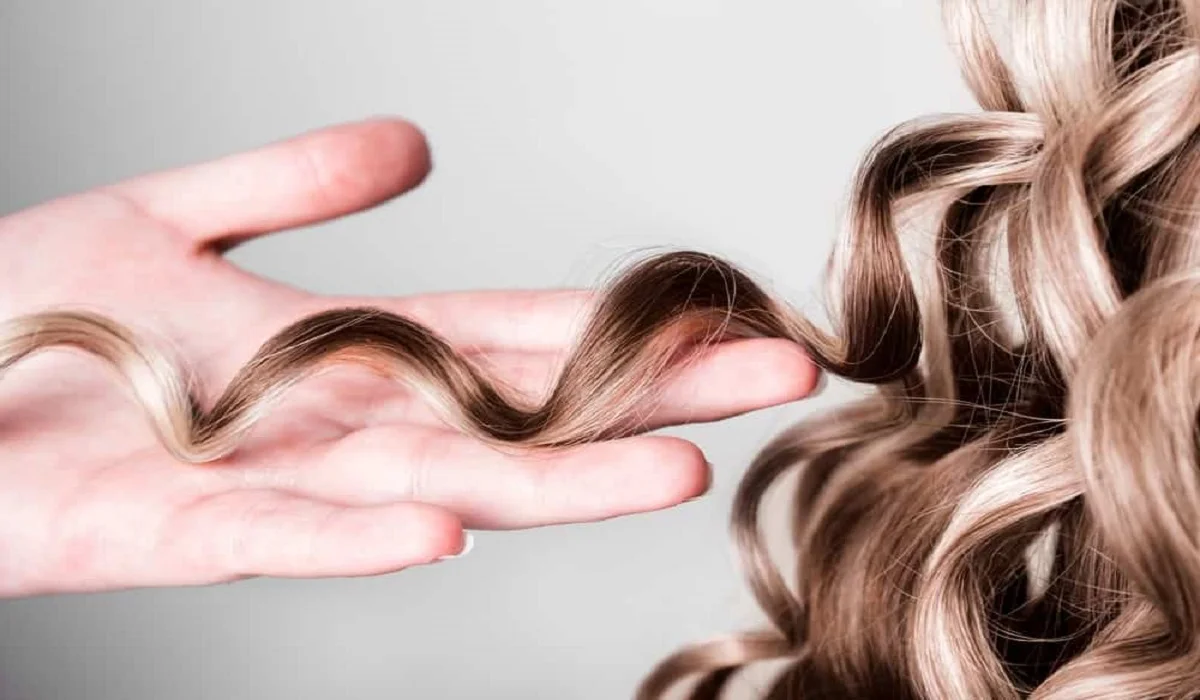In the quest for the perfect eyelash enhancement, silk eyelashes emerge as a standout option, blending the allure of natural beauty with the advancements of cosmetic technology. Ideal for those seeking to elevate their eyelash game without the commitment to daily mascara application or the artificial look of traditional false lashes, silk eyelash extensions offer a solution that is both glamorous and practical. But what sets silk eyelashes apart in the vast sea of beauty enhancements?

Introduction to Silk Eyelashes
Silk eyelashes are crafted from a high-quality synthetic material that simulates the softness, luster, and lightweight feel of natural silk. Unlike their real animal fur counterparts, silk lashes are cruelty-free, offering an ethical alternative without compromising on the luxurious experience. Their inception marked a significant advancement in the beauty industry, providing a blend of durability and a natural aesthetic that quickly captured the hearts of beauty enthusiasts worldwide.
Types of Eyelash Extensions
The beauty market presents a variety of eyelash extensions, with silk, mink, and synthetic options leading the pack. Each type has its unique attributes: mink lashes, prized for their ultra-natural appearance; synthetic lashes, known for their dramatic flair and affordability; and silk lashes, which occupy the sweet spot between natural softness and manageable care. This diversity allows individuals to choose extensions that best match their lifestyle, preferences, and ethical considerations.
Benefits of Choosing Silk Eyelashes
Choosing silk eyelashes comes with a plethora of advantages. They are celebrated for their incredible balance of natural appearance and resilience. Silk lashes can withstand the elements better than mink lashes, retaining their curl and elegance through varying conditions. Additionally, their hypoallergenic properties make them a safe choice for individuals with sensitive eyes or allergies, providing beauty without the irritation.
Application Process
The application of silk eyelashes is an art form in itself, necessitating precision and expertise. This delicate procedure involves individually attaching silk lashes to each natural lash, creating a seamless and customized enhancement. The result is a fuller, longer lash line that looks effortlessly natural. The longevity of silk eyelashes, typically lasting through a full growth cycle of natural lashes, makes them a convenient option for those seeking enduring beauty enhancements.

Who Should Choose Silk Eyelashes?
Silk eyelashes are an excellent choice for virtually anyone looking to enhance their natural lashes with a touch of sophistication. They are particularly beneficial for those with active lifestyles, given their durability, and for individuals with sensitivities, due to their hypoallergenic nature. Whether for a special occasion or everyday glamour, silk lashes cater to a wide audience, promising an uplifted lash line without the drawbacks of traditional extensions.
Silk Eyelashes vs. Other Materials
The debate between silk, mink, and synthetic eyelashes centers on ethics, aesthetics, and wearability. Silk eyelashes emerge as a preferred choice for many, offering an ethical, beautiful, and practical solution. Their synthetic composition ensures no animals are harmed in their production, while their design mimics the desirable properties of natural lashes without the maintenance challenges associated with real fur.
Maintenance and Care
Maintaining silk eyelashes requires minimal effort but adherence to specific care guidelines to preserve their beauty and longevity. Keeping them clean, avoiding oil-based products, and gentle combing are key practices. With proper care, silk lashes can maintain their allure, making them a cost-effective and low-maintenance option in the realm of eyelash extensions.
The Role of Professional Technicians
The success of silk eyelash application largely depends on the skill of the professional technician. A qualified technician not only ensures the health and safety of the natural lashes but also maximizes the aesthetic outcome. Their expertise in customizing the lash design to complement the individual’s eye shape and preference is invaluable, making professional application a crucial step in the silk eyelash experience.
Trends and Innovations
The world of eyelash extensions is ever-evolving, with silk lashes at the forefront of innovation. Recent advancements have focused on improving the wearability, customization, and ethical production of silk lashes, ensuring they remain a top choice for beauty aficionados. As trends shift towards more sustainable and ethical beauty solutions, silk eyelashes continue to gain popularity, offering a blend of luxury, ethics, and innovation.
Silk eyelashes stand out as a superior choice for those seeking to enhance their natural beauty with ethical, durable, and natural-looking extensions. Their ability to combine the best aspects of traditional and synthetic lashes, coupled with easy maintenance and ethical production, makes them a favorite in the beauty industry. Whether you’re new to eyelash extensions or looking to switch from another type, silk lashes offer a compelling option that promises beauty, comfort, and sustainability.
- Can I wear makeup with silk eyelashes? Yes, you can wear makeup with silk eyelashes, but it’s advisable to use oil-free products and to apply makeup gently to avoid damaging the lashes.
- How long do they last? Silk eyelashes can last for the entire growth cycle of your natural lashes, typically 6 to 8 weeks, with proper care and maintenance.
- Are they suitable for all eye shapes? Yes, silk eyelashes can be customized to suit any eye shape, enhancing the natural beauty of the eyes.








